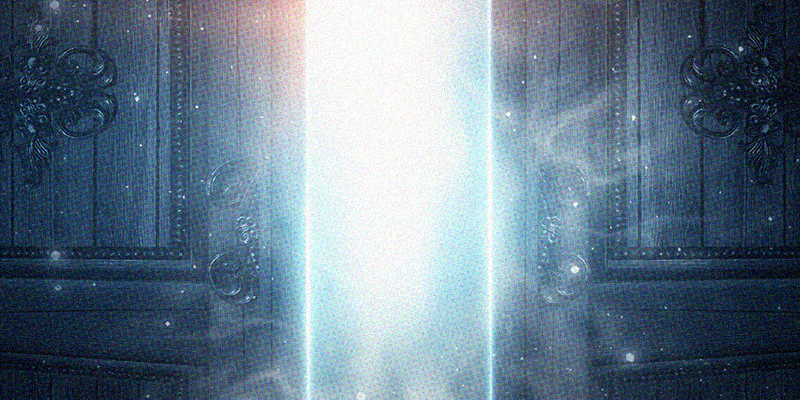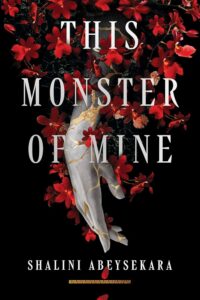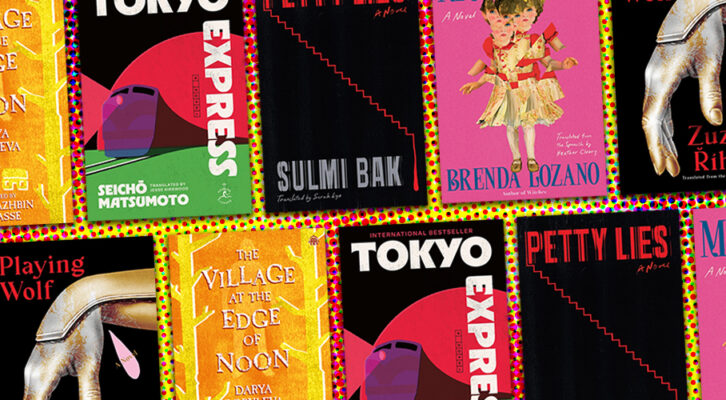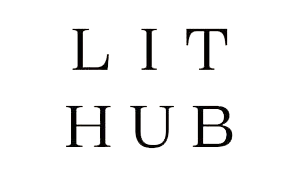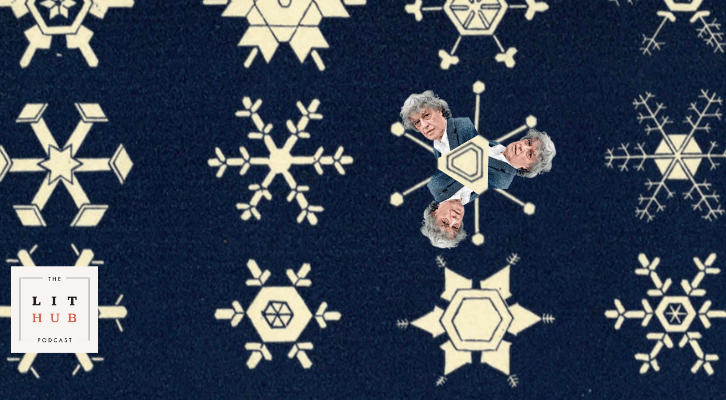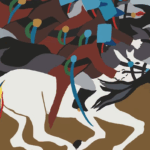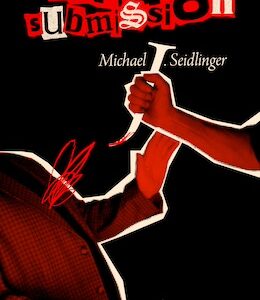Power lies at the heart of all fantasy, written or imagined. To craft a novel of the genre is to visualize an expression of power and assign it to factions that will then weave and warp over the course of the story. Yet, our ability to conjure is naturally shackled by the limits of what we have seen, what we believe, and what we hope is possible. It is little wonder then, that fantasy gives us worlds that are altered, yet familiar—inversions, allegories, and warnings. With these carefully constructed societies come equally detailed punishment, for there can be no law without consequences for breaking it. And it is in this interplay between power, its exercise, and its fettering that the fantasy genre’s subversive nature shines.
Robert Jordan’s Wheel of Time series is a more conservative example of this subversion. The books center in great part around a schism in magic along biological sex. All who channel magic draw it from the One Power, the driving force of all creation that’s split into male and female halves. The male half was corrupted by the Dark One in an ancient battle that has since resulted in male channelers being driven to madness over the course of using their power. It isn’t a taint of their causing, but one that makes them extremely dangerous. Naturally, it falls to female channelers of an authoritative magical organization, known as the Aes Sedai, to hunt and gentle men—essentially castrating them of magic to such severe degree that it often results in their suicide.
It seems a little on the nose when stripped down to bare bones and certainly is conservative in its rigid adherence to a biological binary. Yet, the matriarchal Aes Sedai isn’t a giant middle finger aimed at men, but a cautionary tale to all social groups seeking power that maintaining it can require great evil. And while readers, especially women and those who have been societally designated as other, are encouraged to empathize with the plight of male channelers in this world, they are also shown the danger these men pose, in part because they have the literal power to threaten a millennia-old hierarchy as much as because of their tendency to destructive violence due to it. The Wheel of Time’s subversive beauty doesn’t lie in its inversion of the modern patriarchy, but the means it employs to examine two pertinent questions of every age—is the potential for destruction enough cause for punishment before crime? What happens when a faction is downtrodden for too long?
In this world, it is the men who are seen as prone to mental and emotional collapse, for whom gaining power is a danger, and who are a threat to themselves and those around them and must be gentled for their own good. It matters little whether they’ve just come into their power or been using it without harm for years. The potential for damage and their inevitable future descent to madness convicts them the second they realize they can channel. The Aes Sedai have no need for trial. It’s a brutal fate in comparison to the modern justice system’s insistence on crime and proof of crime before punishment, but the Aes Sedai won’t stand by the alternative—waiting for death to come when it could have been prevented.
Sarai, the protagonist of my debut novel, This Monster of Mine, ponders the same question. When does requiring crime and proof of crime cause more harm than good? One doesn’t have to cast far to think of cases where women being stalked went to the authorities for aid, only to be told that they would have to die or be grievously injured in order for action to be taken. It is this legal immovability that forces Sarai to consider a dangerous alternate course of action: allying herself with a man renowned as a mass murderer in order to enact justice.
And perhaps this is the danger of legal power applied rigidly: a shift towards alternate sources of power or flat-out extremism. In the Wheel of Time’s world, the result is splinter factions such as corrupted Aes Sedai the invading Seanchan, an empire where female channelers are physically leashed as slaves to perform the Empress’s bidding. Or reactionary groups like the fanatical Children of the Light—an all-male religious military organization dedicated to the deaths of all magic-users, especially Aes Sedai. All routed towards a final battle between good and evil, and all espousing a theology where they win. Because what good is power and punishment without an underpinning of divinity?
The Aes Sedai are often compared to the Bene Gesserit of Frank Herbert’s Dune series in the sense that they’re both all-female organizations with far too much influence over the workings of nations. All of which is to say that they’re an inverse of the Catholic Church, but face the often-patriarchal murmurings of a deeply distrusting public. “An Aes Sedai never lies, but the truth she speaks may not be the truth you think you hear,” says one character. A concept I found fascinating enough to incorporate into This Monster of Mine. The main male character, Kadra, is a politician and judge of great repute and a slaughterer of even greater repute, but refuses to lie—much to Sarai’s bewilderment. And rather than inspire distrust, my book examines how a male politician’s manipulation of the truth to his advantage earns him a cult of persona.
I drew heavily from the Roman Tetrarchy when forming its legal basis—a system where the empire and its power were split into four and governed by two emperors (Augusti) and two understudies of a sort who’d be their designated successors (Caesars). This Monster of Mine features four equal heads of state that also serve as its Supreme Court. Judge, jury, and executioner in one.
Of course, there’s another term when these branches of power are invested in one man: dictator. Or Empire as in Isaac Asimov’s Foundation series, where a dictator known as Cleon I makes the appalling realization that his reign is bounded by death. He consequently clones himself in several iterations to keep his glorious rule infinite. The result? Brother Dawn (Cleon at youth), Brother Day (Cleon in his prime), Brother Dusk (an aged Cleon who serves as an advisor to Day). Three heads of the same man rotating ad infinitum with memories uploaded and multiple clones at the same stage of aging prepared to take on another’s place should one be hurt or killed.
Legally, such a system is a land’s worst nightmare. The law isn’t a set of written rules or strictures, but a person—Cleon—and his wants. Life under Empire is one of bitter acceptance or slavish adoration in Foundation. Both yield similar results. And yet, here too, fantasy doesn’t allow for complete despair. It isn’t long before that tricky thing, nurture versus nature, intervenes in the Cleons’ exercise of power and the cracks start to show. These cracks when subtly nudged by players who know that their part in the game is to move the needle a millimetre towards Empire’s annihilation is what changes everything. It allows us to imagine life through the reign of a powerful ruler who has suctioned up all power and wilfully desperately seeks to keep it going long past his time.
Few readers can keep themselves from drawing modern-day parallels when presented with these worlds, and perhaps just as many may stop to consider what analogous place they might hold in ours. Because, sometimes, it is seeing our world mirrored and pushed towards frightening ends that allows us to think of ways to impede our own slow progression to the precipice. And as every powerful regime, fantasy and otherwise, has long noted, thought is a powerful thing. Only sleight of hand separates it from action. And it is this expanding of our vision that is fantasy’s most powerful, most subversive tool. To make us walk away from a reading or a viewing, a little more alert, a little more discomfited, hopeful, angry. Because it may be that the worlds humanity builds as battlegrounds between light and dark mirror the desperate fight for our own, and perhaps, we’re all looking for our role. My book is a drop in the bucket of this conversation. It asks us to imagine a deeply corrupt world not too dissimilar from our own and what justice looks like to people boxed in on all sides. Do they appeal to existing governmental structures and hope for aid? Do they petition lawmakers to include them in their careful categories of power and punishment and the groups allowed to exercise both? Or do they search for some other in the hopes that someday, once the dust has settled, everyone will say that this is as it should always have been?
I can’t tell whether This Monster of Mine guides readers to that elusive, alternate route. But the collective of fantastical worlds humanity has built certainly will. May we all be able to see it.
***

